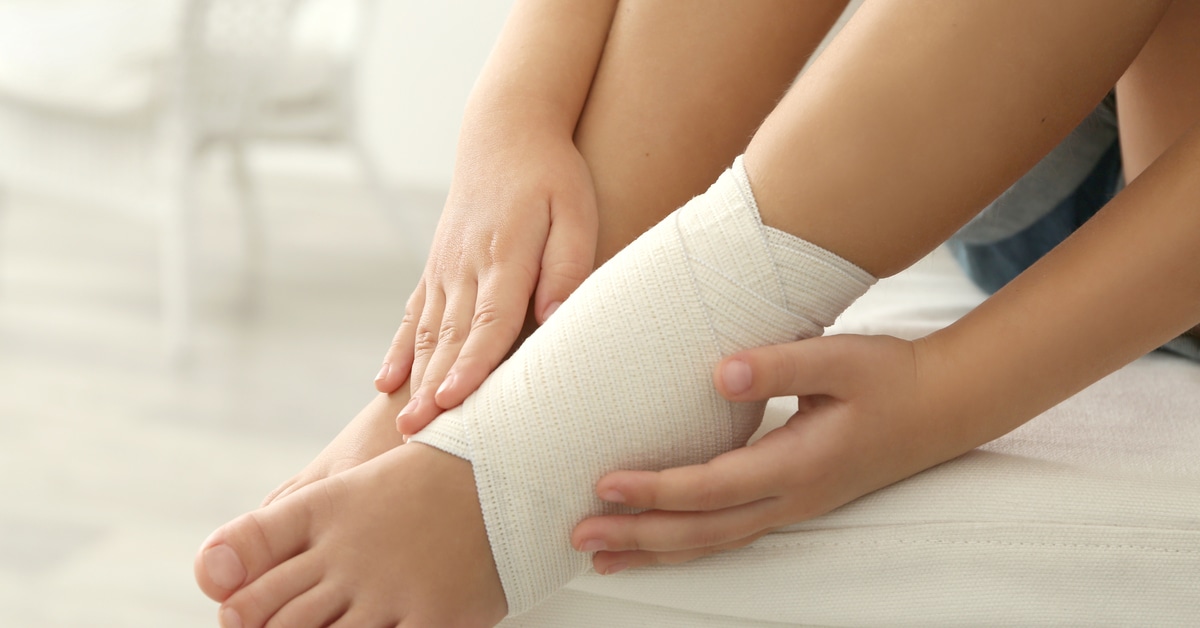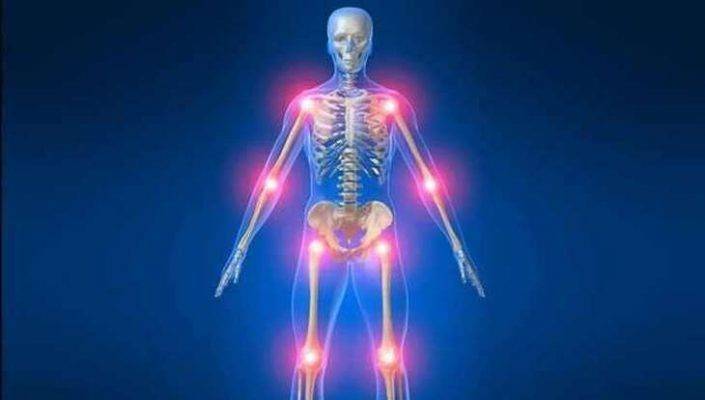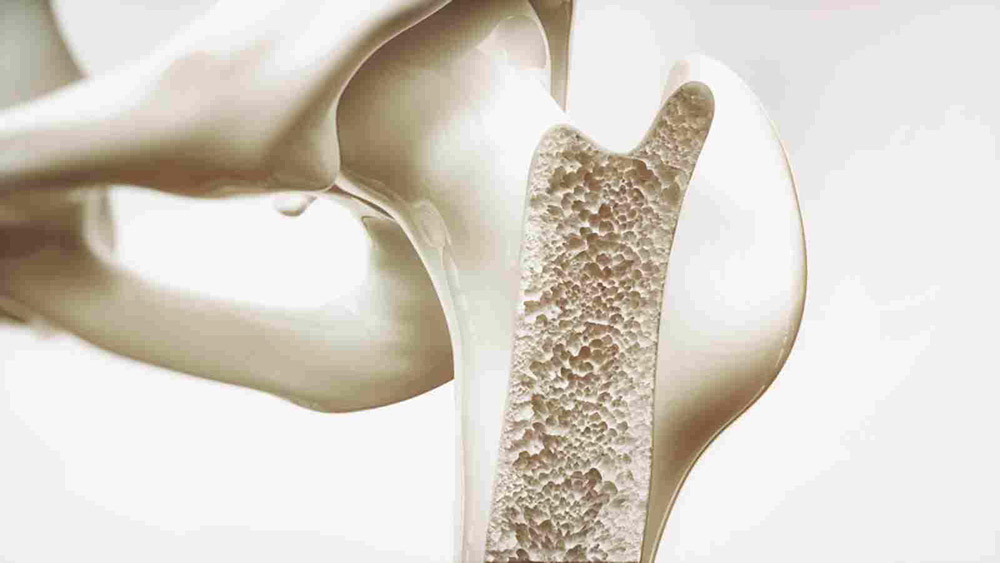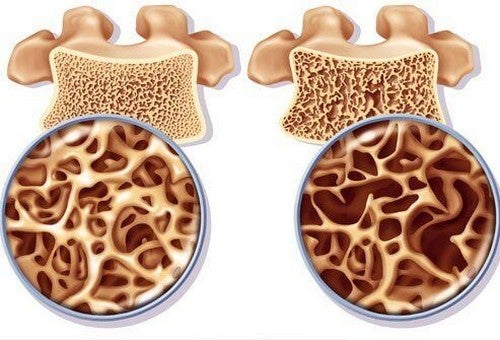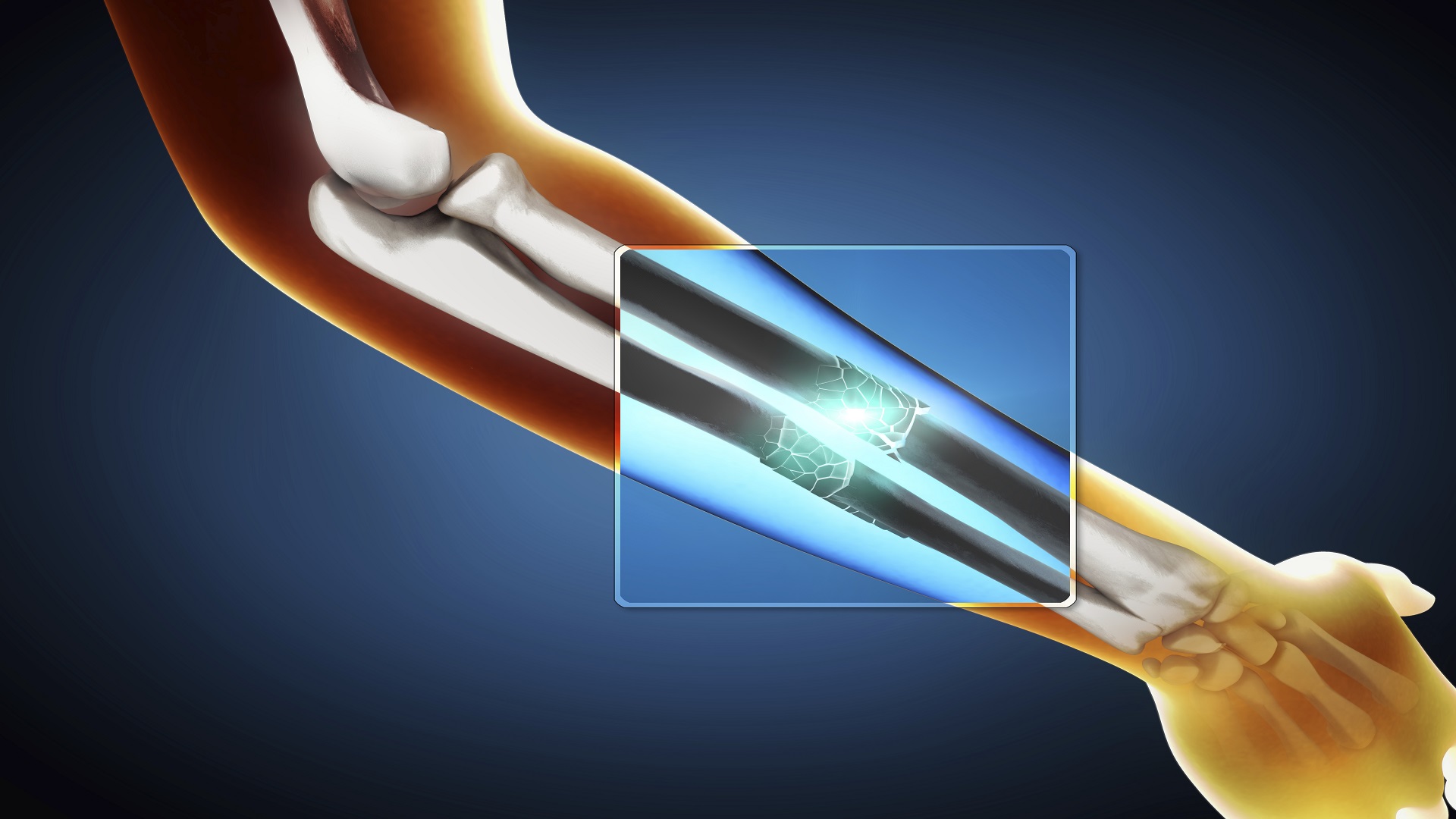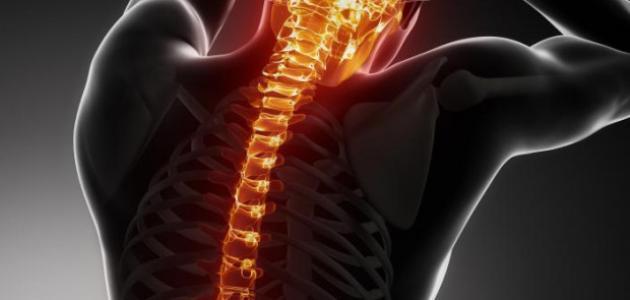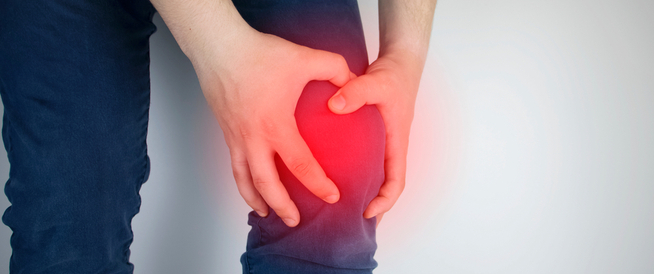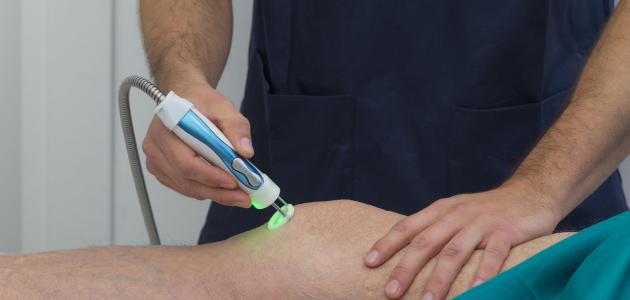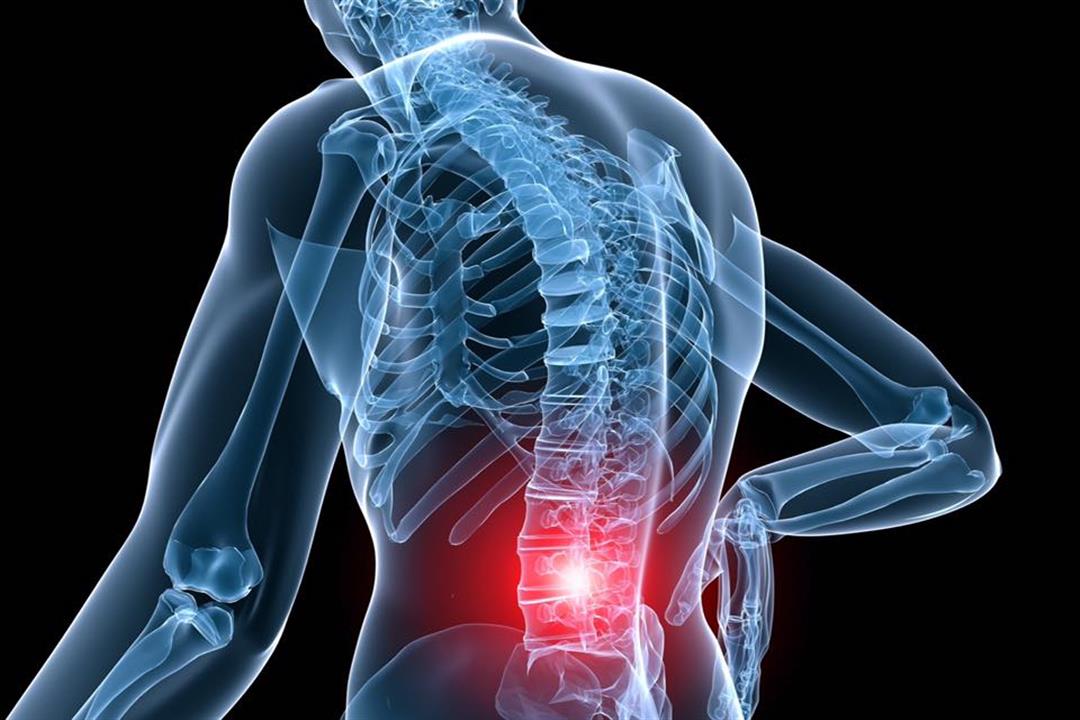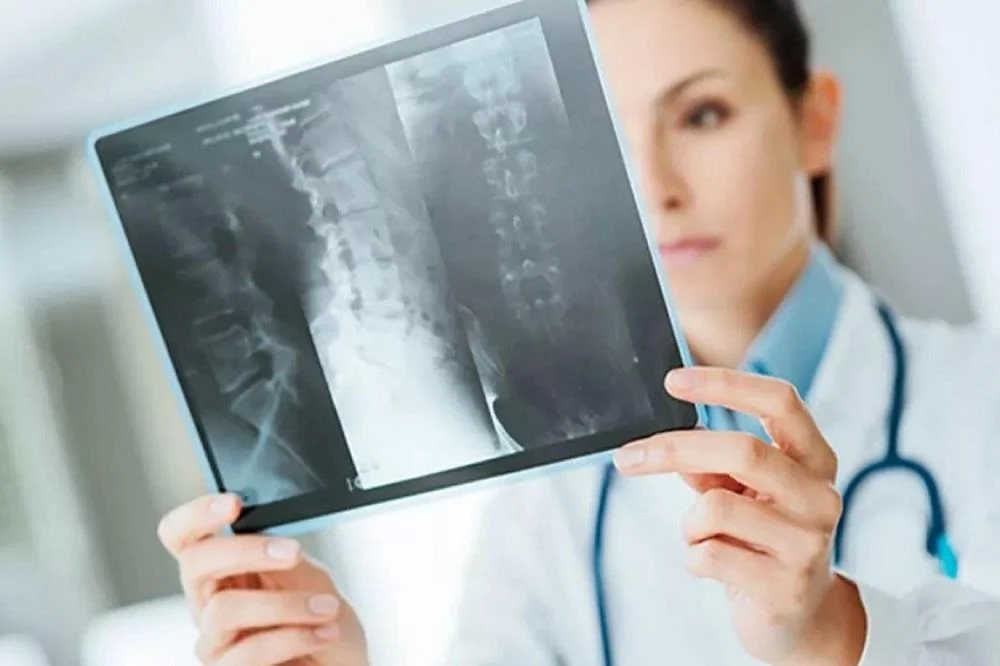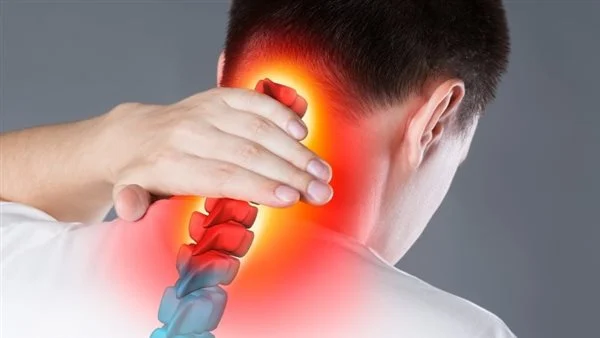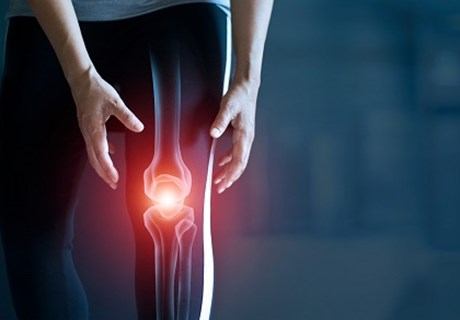Post-operative symptoms of scoliosis and exercises to be done
In the following article, you can learn about what scoliosis is, what are the symptoms that appear on a scoliosis sufferer, to what extent the spine is affected by the injury, and other questions related to scoliosis.
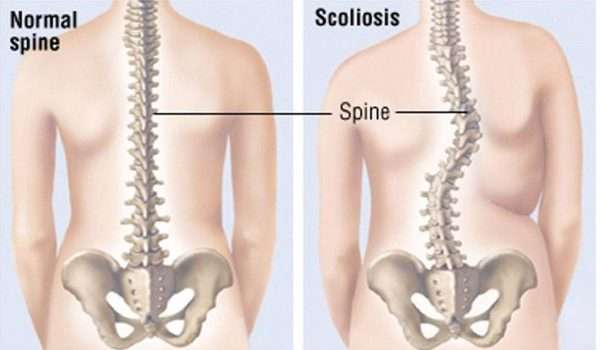
What is scoliosis?
Scoliosis is called the curvature or curvature that occurs in the spine, and scoliosis (curvature of the spine) can occur in adolescents, especially between 10 to 15 years, but it is possible for older people to occur as well, and the entire spine can be exposed to bend but the most common part is the chest or lower back.
Sometimes the curvature has a strong effect on the spine and therefore the patient does not need treatment, but in many cases, there must be a medical intervention in order for the patient to be able to walk and sit normally and also to do physical activities.
Causes of scoliosis in the spine
A person can be exposed to scoliosis or curvature of the spine as a result of more than one factor that affects the position of the vertebrae and makes it crooked, which affects the apparent shape of the spine and also can affect the nerves and muscles, and thus the person is more exposed to difficulty walking and pain when bending.
Here are some of the causes of scoliosis:
- A person has a congenital defect.
- stunting
- The presence of atrophy in the spinal cord.
- Osteoporosis.
- The presence of inflammation or tumor in the spine.
- Disorders of the muscles and nerves of the spine.
- Obesity and severe weight gain.
- Injury or accident to the spine.
How do I know if I have scoliosis?
Scoliosis is one of the disorders that result in a curvature of the spine and is caused by several reasons, including exposure to an accident or injury to the spine with a tumor and other factors, and some symptoms may appear on the sufferer of scoliosis, and in most cases, they are apparent symptoms that the doctor can distinguish through a physical examination who is doing.
Here are some of the symptoms that appear in a scoliosis sufferer:
- Back bending.
- An imbalance between the legs.
- Injury (limping) when walking.
- There is a difference and asymmetry in the rib cage.
- Having more height in one shoulder than the other.
- Feeling short of breath.
- Feeling severe chest pain.
- The presence of sharp pain in the lower vertebrae of the back.
When should scoliosis surgery be done?
Scoliosis surgery is one of the medical procedures that are performed in the event that the back does not respond to other types of treatment, including physical therapy and the use of braces that help reduce the curvature and curvature in the back and not increase the symptoms of the injury, but in the event that the patient does not feel an improvement, doctors advise to perform the surgery that limits From warp and improve the condition of the affected part of the back.
Postoperative symptoms of scoliosis
The patient must be under medical supervision in the period after the scoliosis operation, i.e. correcting the curvature of the spine, so that the patient is not exposed to complications or risks after the operation, which affects the recovery. The back bend must also be avoided after the scoliosis operation in order not to affect the surgery, and among the symptoms, The following may appear in the patient after scoliosis surgery:
- Back pain increases over time.
- There is a pain in the feet.
- Bleeding at the operation site.
- Exposure to swelling and redness in the skin.
- Numbness of the extremities and muscle weakness.
After exposure to this kind of complication or symptoms, you must refer to the attending physician in order to assess the condition and find out the reason for the emergence of these symptoms, and start a treatment regime that suits the current condition of the patient.
Post-op exercises?
What is the natural treatment after scoliosis surgery? After the surgery, the scoliosis patient can do some exercises, which in turn improve the muscles and give a greater ability to recover and reach normal physical activity again, and stretching or strength exercises in the first months of treatment can help the doctor gradually return to his normal activity.


